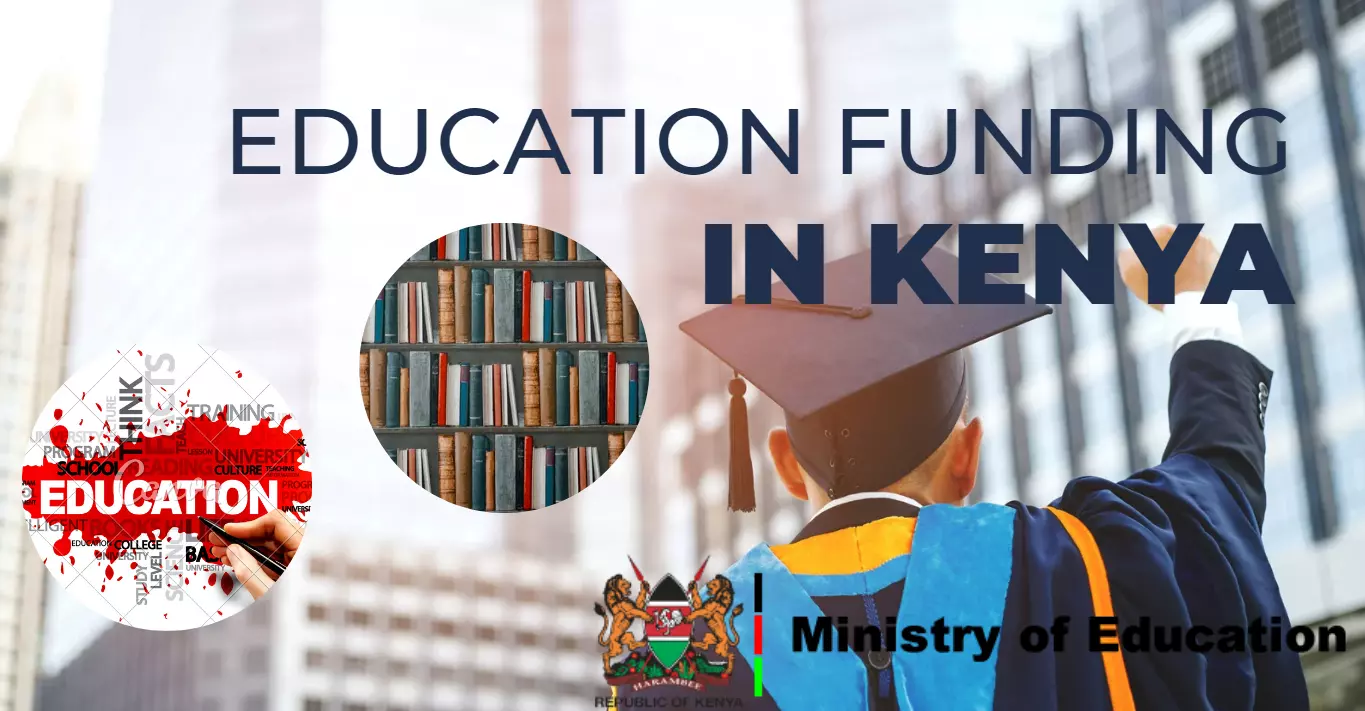Financial Challenge in Pursuit of Universal Literacy in Kenya

Kenya has made significant progress in achieving universal primary education over the past two decades. However, despite these efforts, the education system in Kenya still faces a significant challenge in terms of financing. The lack of adequate funding for public schools has resulted in an uneven playing field, with students in private schools receiving a more comprehensive education than their public-school counterparts. This has contributed to a significant literacy gap between students in private and public schools, further exacerbating social inequalities.
Financing Gaps
Financing for public education in Kenya comes from the government budget, donor aid, and community contributions. However, inadequate budgetary allocations have been a significant obstacle in providing quality education in public schools.
The government's budget allocation for education has remained below the 25% threshold recommended by the United Nations, with only 16.4% of the national budget allocated to education in 2022-23, amounting to KES544 billion. This has left many public schools struggling to provide basic resources such as textbooks, teachers, and classrooms.
In addition to inadequate budgetary allocations, donor aid has also been dwindling in recent years. Donor aid to education in Kenya has decreased by approximately 25% over the past decade, according to the World Bank. This has had a significant impact on public schools, especially those in low-income areas that rely heavily on donor aid. The decline in donor aid has also affected the government's ability to allocate resources to education, further exacerbating the financing gap in public schools.
Community Efforts
Community contributions have also been insufficient in meeting the financing needs of public schools. Parents and guardians of children attending public schools are expected to contribute towards the school's operating costs. However, many parents are unable to meet these costs, especially in low-income areas. This has resulted in a significant financing gap that public schools are struggling to fill. It should not be lost on education experts that the majority of the parents inability stems from the fact that they cannot afford basic life needs, let alone contribution towards their children’s education.
The financing gap in public schools has had a profound impact on the quality of education provided. Public schools lack essential resources such as textbooks, adequate classroom space, and qualified teachers. According to the Kenya National Union of Teachers, there is a shortage of approximately 100,000 teachers in public schools, with many schools relying on untrained teachers. This has resulted in overcrowded classrooms, poor quality teaching, and a lack of individual attention for students. In contrast, private schools have been able to provide a more comprehensive education, with better facilities, resources, and qualified teachers.
Education Gaps
The education gap between private and public schools is most evident in the literacy rates of students. According to UNESCO, the literacy rate in Kenya is 81%, with a significant disparity between private and public schools. In private schools, the literacy rate is approximately 90%, while in public schools, it is only 72%. This gap is further exacerbated by the fact that children from low-income families are more likely to attend public schools, making it difficult for them to compete effectively with their counterparts in private schools.
The financing gap in public schools has also contributed to the high dropout rates in the country. Many students drop out of school due to a lack of resources, inadequate teaching, and poor-quality education. The high dropout rates have significant economic and social consequences, contributing to poverty and unemployment.
What is the Solution?
To address the financing gap in public schools, there is a need for increased government funding for education. The government should allocate more resources towards education, with a specific focus on public schools in low-income areas. Donor aid should also be increased, and efforts should be made to ensure that aid is directed towards public schools. This will help to bridge the financing gap and provide public schools with essential resources such as textbooks, qualified teachers, and adequate classroom space.
Community contributions should also be encouraged, with a focus on providing support for low-income families. This can be done through the provision of scholarships, school feeding programs, and other forms of financial assistance. By providing support to low-income families, the financing gap in public schools can be reduced, making education more universally acquired than it is currently.
